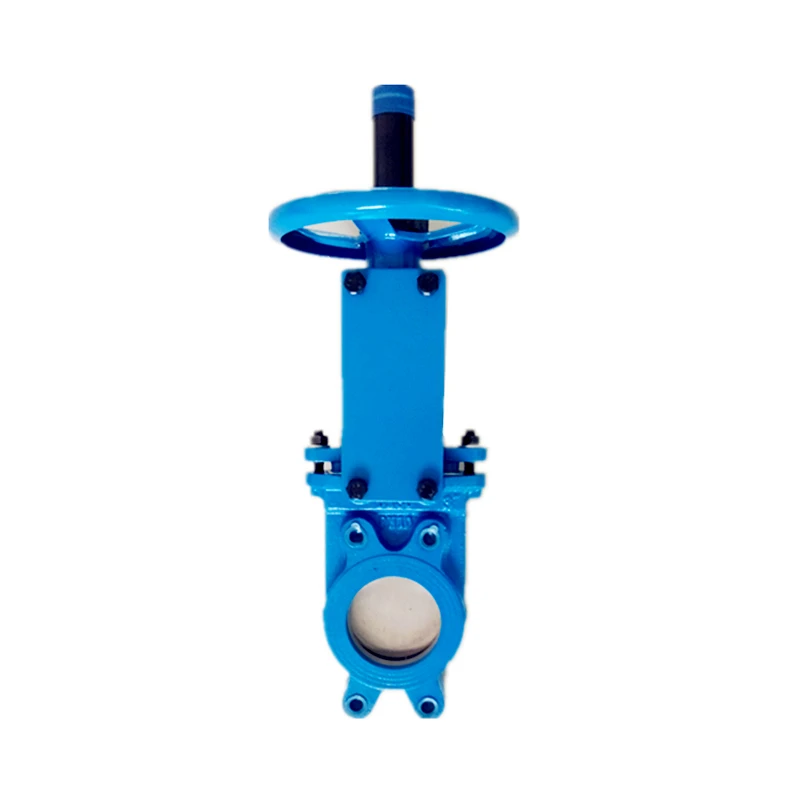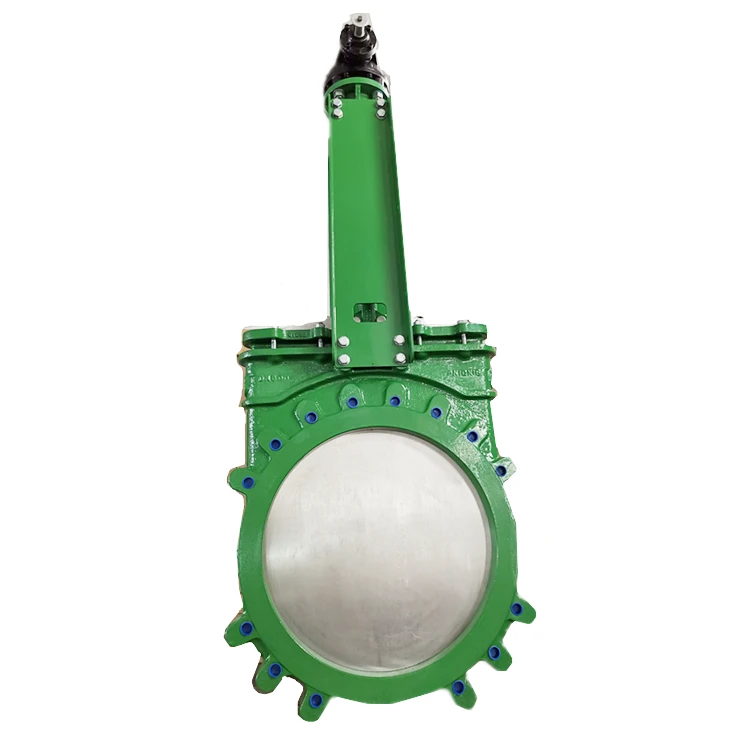Understanding Knife Gate Valves and Their Actuators
Key Takeaways
Knife gate valves are crucial components in fluid control systems, widely employed in various industries due to their design and functionality. These valves consist of a solid blade that translates downwards into a seat to provide a tight seal. Their structure is particularly effective for shutting off flow in systems transporting slurries, liquids, or gases. The 4 knife gate valve variant features multiple blades, allowing for increased flow control and versatility in applications.
Among the numerous types available, the AC knife gate valve stands out, optimized for both durability and efficiency. Manufactured from materials suited for extreme conditions, AC models demonstrate enhanced performance in applications involving corrosive or abrasive substances. These valves often incorporate actuators to facilitate operation. An actuator knife gate valve, equipped with an actuator mechanism, can be operated remotely or automatically, streamlining processes while reducing manual intervention.
Applications of knife gate valves span across sectors such as wastewater treatment, mining, and pulp and paper production. Their ability to handle thick fluids without disruptions or blockages makes them an asset in environments where system integrity is paramount. The advantages of these valves include their robustness against wear and tear and ease of maintenance. Understanding the characteristics and applications of various knife gate valve models enables efficient choice for particular fluid control needs while ensuring optimal system performance.
Understanding the Fundamentals of Knife Gate Valves
Knife gate valves serve a critical role in the control of fluid flow, particularly in systems dealing with slurries and viscous materials. The design features a sharp-edged gate which can efficiently slice through media, thus providing effective isolation. Unique to this type of valve is the ability to handle solids without clogging, making them suitable for various industrial applications such as wastewater management and pulp and paper processing.
When discussing knife gate valves, one must consider the diverse types available, including the AC knife gate valve. This variant incorporates advanced materials and design elements that further enhance performance under challenging conditions. The actuator* used with these valves—often pneumatic or electric—allows for automated control, ensuring timely responses to changes in system pressure or flow requirements.
Additionally, proper understanding of how these components work together is vital for optimizing fluid control systems. Maintenance practices must be followed regularly to maximize their lifespan and ensure operational efficiency. Overall, knife gate valves represent a robust solution within the landscape of industrial fluid mechanics.
"Selecting the right valve type is crucial for operational success; each application requires careful analysis of conditions to avoid failures."
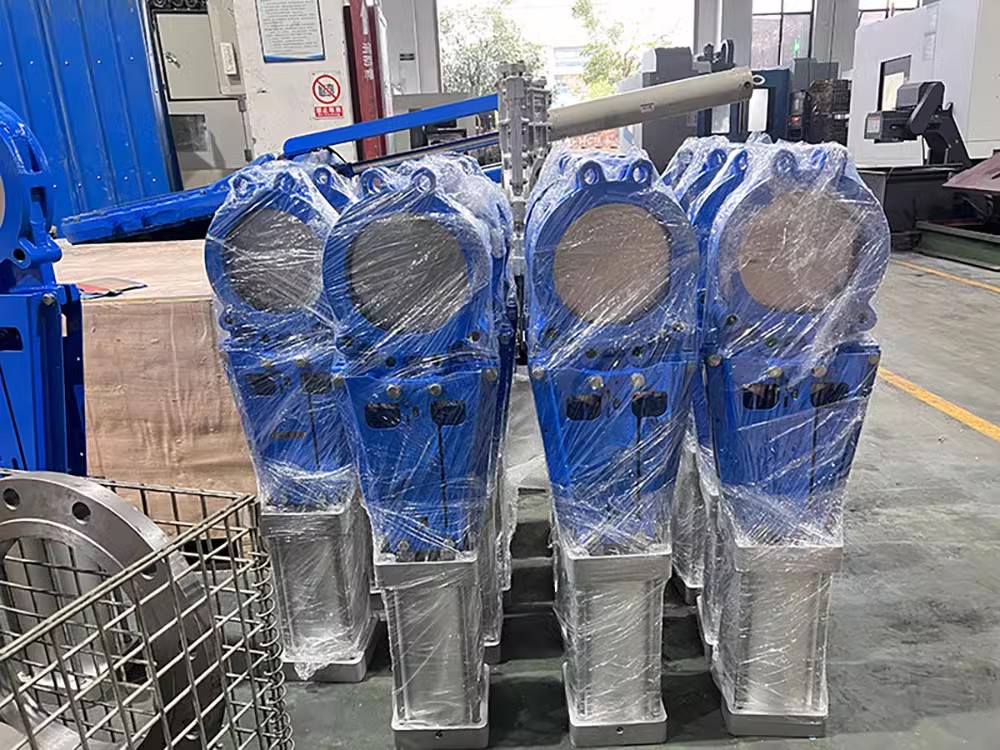
Types of Knife Gate Valves: Focus on AC Models
Knife gate valves are essential components in various fluid control applications due to their unique design and functionality. Among the different variations of knife gate valves, the AC knife gate valve stands out for its particular advantages in specific operational environments. This type utilizes an actuator mechanism that enhances its operational efficiency. The AC valve knife gate is engineered to manage challenging fluids, often encountered in industries such as wastewater management and pulp and paper production. Its robust construction includes materials that resist corrosion and wear, making it suitable for harsh conditions. The actuator knife gate valve offers precise control over flow, with an ability to open and close quickly, thus minimizing downtime in processes requiring rapid response. The design of these valves ensures a tight seal when closed, preventing leakage and maintaining system integrity. By focusing on the integration of advanced actuator technology, these valves provide reliable long-term performance even in high-pressure scenarios. Overall, knife gate valves, particularly the AC models, represent a sophisticated solution for efficient fluid management within complex engineering systems.
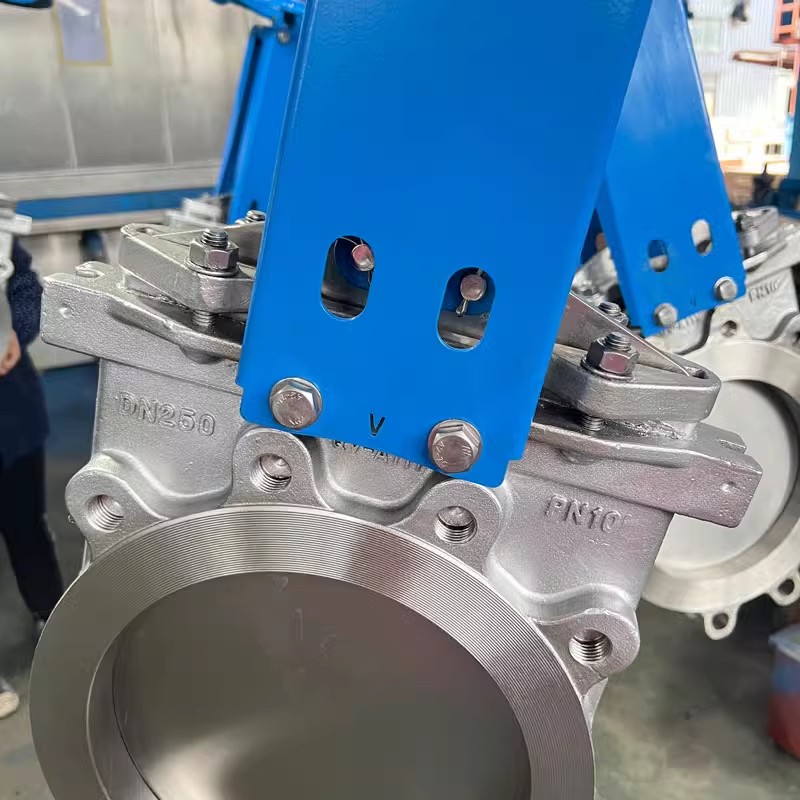
Operational Principles of Actuator Knife Gate Valves
Actuator knife gate valves operate based on a straightforward mechanism, effectively facilitating the control of fluid flow within systems. Utilizing a gate that slides between two seats, these valves efficiently provide on/off control without impeding the flow when fully opened. The actuator mechanism, often powered by electric, pneumatic, or hydraulic sources, is critical in automating the operation. This automation allows for precise control over flow rates and pressure, significantly improving the responsiveness and efficiency of system operations.
The assembly consists of several key components: the valve body, gate, packing, and the actuator itself. The actuator connects to the gate's stem, converting linear motion into rotary action or vice versa, depending on its design. This connection ensures that the gate opens or closes smoothly when commanded by an external interface such as a control panel or remote system.
The operational effectiveness of these valves also hinges on appropriate sealing mechanisms to prevent leakage during operation. Materials such as rubber and PTFE often comprise packing elements designed to withstand varying pressures and corrosive conditions. This compatibility with harsh environments showcases the adaptability of actuator knife gate valves in diverse applications ranging from water treatment plants to industrial processing lines.
Table: Key Components of Actuator Knife Gate Valves
Component | Description |
|---|---|
Valve Body | Main structure housing internal components |
Gate | Sliding element that controls flow |
Packing | Seals around gate to minimize leakage |
Actuator | Drives movement of the gate |
The efficient operation derived from these principles makes knife gate valves particularly useful in scenarios where controlled shutdowns are necessary or where fluids may contain solid content that could obstruct flow in standard valve types. Proper understanding of their operation enables better design decisions within various fluid control systems while ensuring effective management and troubleshooting capabilities.
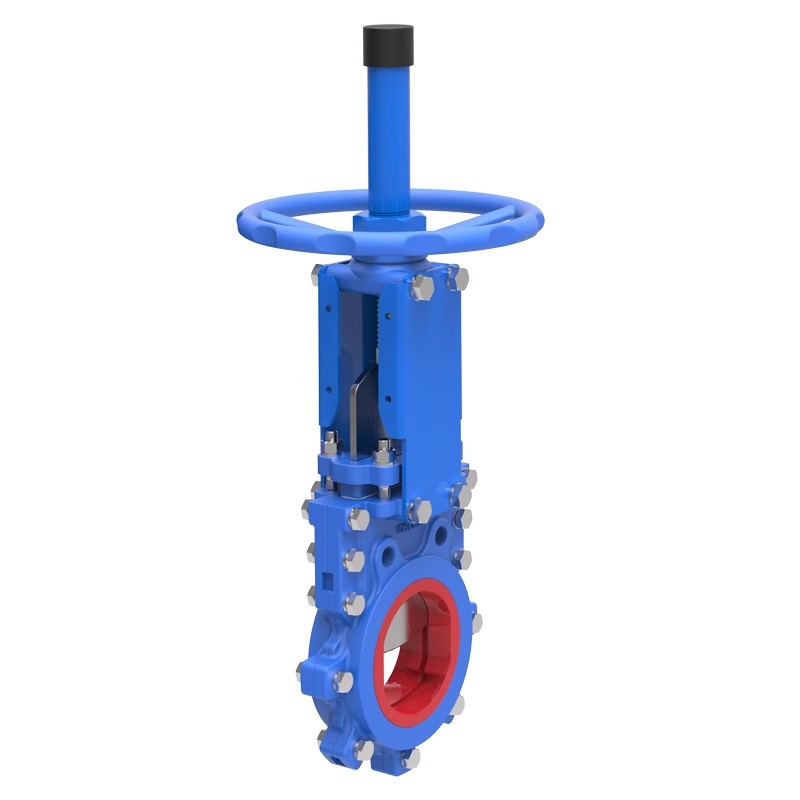
Applications and Advantages of Knife Gate Valves in Fluid Control Systems
Knife gate valves serve a crucial role in various fluid control systems, particularly when handling slurries, wastewater, and other high-viscosity materials. Their design features a sharp-edged gate that slices through the medium, allowing for efficient on-off control. This functionality makes them ideal for applications where other valve types may struggle due to the nature of the fluid or particulate matter. One of the notable advantages of knife gate valves is their ability to provide a tight seal when closed, minimizing leakage and ensuring reliable operation in demanding environments.
In industries such as mining and wastewater treatment, AC knife gate valves are particularly favored due to their robust design and resistance to corrosion. These valves are often equipped with actuators that enhance their operational efficiency. The use of actuator knife gate valves facilitates automation, enabling remote operation which is essential for maintaining safety and efficiency in large-scale systems. Additionally, the low maintenance requirements associated with these valves contribute to their popularity; their simple construction allows for easy servicing. Overall, the integration of knife gate valves into fluid control systems not only improves process reliability but also enhances overall operational performance by effectively managing challenging materials.
Conclusion
Knife gate valves serve a critical role in various industrial applications, particularly in fluid control systems. Their design features a blade-like gate that slides through a seat, enabling efficient on/off control of liquids and slurries. Among different models, the AC knife gate valve distinguishes itself through its robust construction and reliability in challenging environments. The incorporation of an actuator enhances the operational efficiency of these valves, allowing for automated control that can adapt to complex system requirements. The advantages of knife gate valves include their ability to handle viscous media and solid-containing fluids with minimal risk of clogging. With a growing need for effective fluid management across sectors such as wastewater treatment and mining, understanding the specific applications and functionalities of these valves is essential for ensuring optimal performance and longevity in fluid control systems. The versatility rooted in designs like the actuator knife gate valve underscores the importance of selecting the right type of valve for specific operational demands, ultimately enhancing system reliability and safety.
FAQs
What is a knife gate valve?
A knife gate valve is a type of valve designed for on/off flow control in various fluid systems. It features a sharp-edged gate that slides between two seats to effectively block or allow fluid passage, making it suitable for applications involving slurries or viscous fluids.
What are the features of a 4 knife gate valve?
A 4 knife gate valve typically incorporates four cornered edges of the knife, enhancing cutting capability through thick materials. This design is particularly useful in handling solids and ensuring minimal pressure drop across the valve.
What is an AC knife gate valve?
An AC knife gate valve refers to a specific variant designed to operate with alternating current (AC) actuators. These valves combine efficiency and reliability, providing robust control in industrial applications, especially where power supply consistency is crucial.
How does an actuator integrate with a knife gate valve?
An actuator increases the automation of knife gate valves, facilitating remote operation and enhanced control over fluid flow. It converts electrical energy into mechanical movement, enabling precise positioning of the gate and ensuring swift response times.
What are common applications for knife gate valves?
Knife gate valves are prevalent in sectors such as mining, wastewater treatment, and chemical processing. Their robust construction allows them to manage heavy solids and abrasive materials effectively, making them ideal for challenging environments.
What advantages do knife gate valves offer in fluid control systems?
The primary advantages include robust performance under high pressure and temperature conditions, ease of maintenance due to simplified design, and effective sealing against leakage. Their compatibility with various actuators enhances operational flexibility across different applications.

